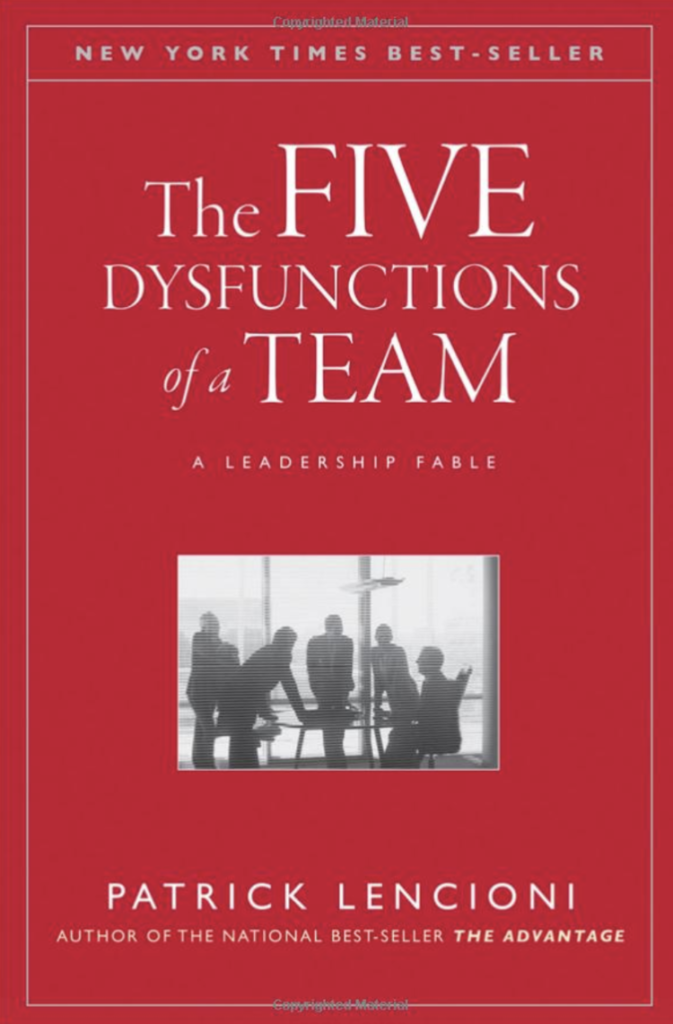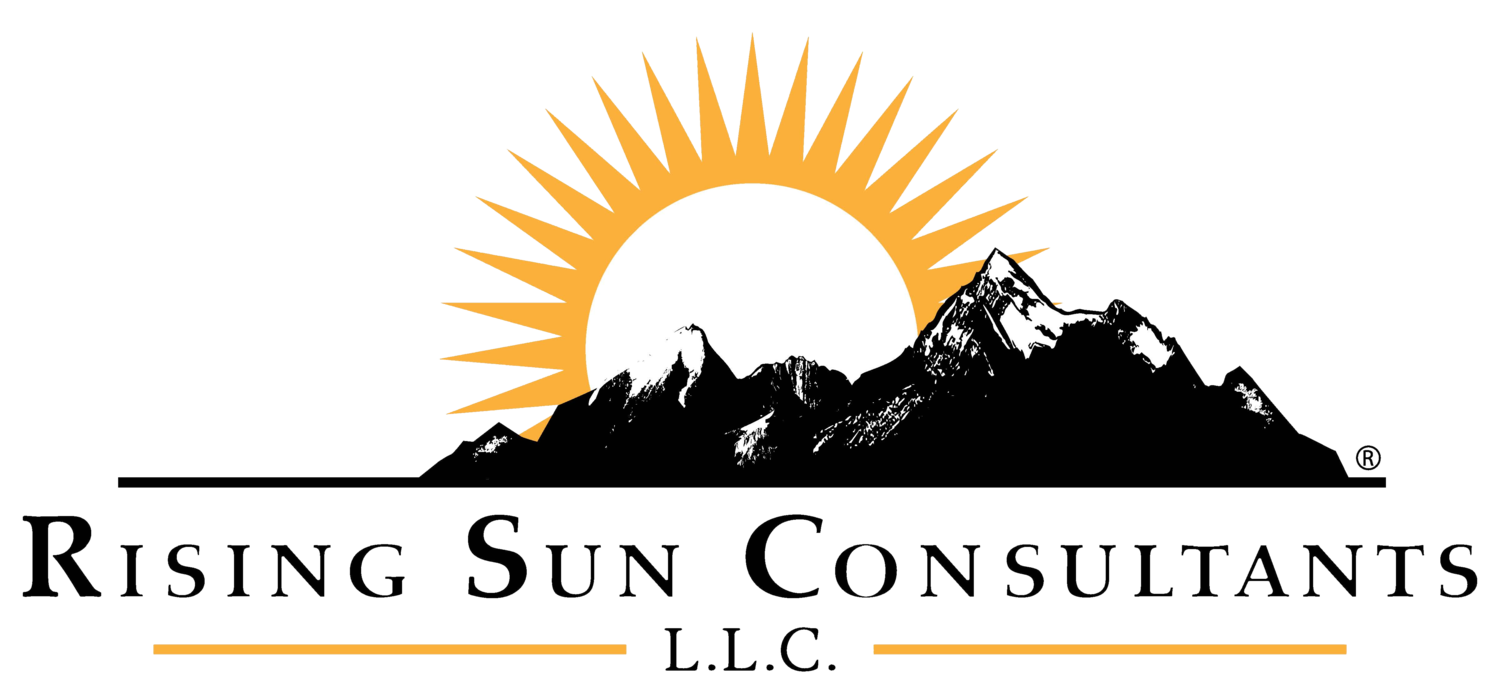BOOK FACTS
- Title: “The Five Dysfunctions of a Team”
- Author: Patrick Lencioni
- Publisher: Jossey-Bass, A Wiley Company; San Francisco, CA
- Copyright: 2002
- No. of Pages: 229
- No. of Chapters: 8 sections (no chapters)
RATING (5 IS A MUST READ – 1 IS LOW INTEREST IN READING)
Readability: 5
Maintains Attention: 5
Applicability of Information: 5
REVIEW
“The Five Dysfunctions of a Team” is an excellent story that exemplifies five core issues that can either destroy a team or lead it to success. Lencioni is a very creative writer who utilizes his storytelling ability to demonstrate critical leadership skills. I found the book to be captivating. It was hard to put it down. After I completed reading each section I was eager to find out what the next steps were in the learning process.
The story is about a new CEO who finds out how dysfunctional her new team really is. Though this is easy to read and an exciting story, we learn about five dysfunctions that oftentimes lead teams to great challenges and even times failure. The new CEO takes time to understand her new team and walks the reader through positive actions in order to overcome or prevent the five dysfunctions from occurring or minimize their negative effect on the team.
If you are currently a leader of a team and the team is not performing to the level you desire or even if the team is performing well but you want to see it achieve at a higher level, this book is perfect for you. Lencioni shares “a powerful model and actionable steps that can be used to overcome these common hurdles and build a cohesive, effective team.”
SUMMARY OF MAIN POINTS
“The Five Dysfunctions of a Team” is a leadership fable that is engrossing and instructive for anyone who is part of a team. The story starts with a retired executive by the name of Kathryn Petersen. She is recruited to become the new CEO of Decision Tech. Decision Tech was a very promising company that had begun to crumble. When Kathryn took the reins as the new CEO she didn’t realize the struggles and challenges ahead of her.
The story describes the issues that Kathryn encountered as she got to know her new team. As a result of the dysfunctions of the team, Lencioni articulates the Five Dysfunctions Model as Kathryn attempts to bring her team to success. The Five Dysfunctions are:
- Absence of Trust
- Fear of Conflict
- Lack of Commitment
- Avoidance of Accountability
- Inattention to Results
These dysfunctions are placed in an ascending pyramid starting with Absence of Trust on the bottom layer. Starting with the first dysfunction the model builds to the top layer suggesting that Absence of Trust is the starting place and as you achieve trust you move through the other dysfunctions.
Utilizing this exciting fable, Lencioni describes the Five Dysfunctions and their impact on a team. He continues on by offering numerous specific strategies or actions one can take to address each of the dysfunctions in an effort to achieve a high functioning team. Between the fable, model, and actions, “The Five Dysfunctions of a Team” is a wonderful guide to support any leader at any level in an organization in developing a high functioning and success-oriented team.
CALL TO ACTION
After reading this book, Lencioni provides numerous principles, concepts, and actions of to support leaders in developing highly functional teams. Following are six actions that you can do right now:
- Utilize the assessment that Lencioni provides to determine how your team is doing related to the Five Dysfunctions.
- Develop shared experiences amongst the team members through team exercises and personality assessments.
- Foster an attitude that conflict can be healthy if confronted in a productive manner. Seek out conflict amongst the team and begin working through the conflict so the team gains an understanding that it is okay to deal with conflict.
- Utilize a decision-making process like consensus to achieve greater buy-in amongst the team members.
- Set clear expectations and standards so that the team can hold each other accountable to these standards.
- Reward clearly defined goals and results.


